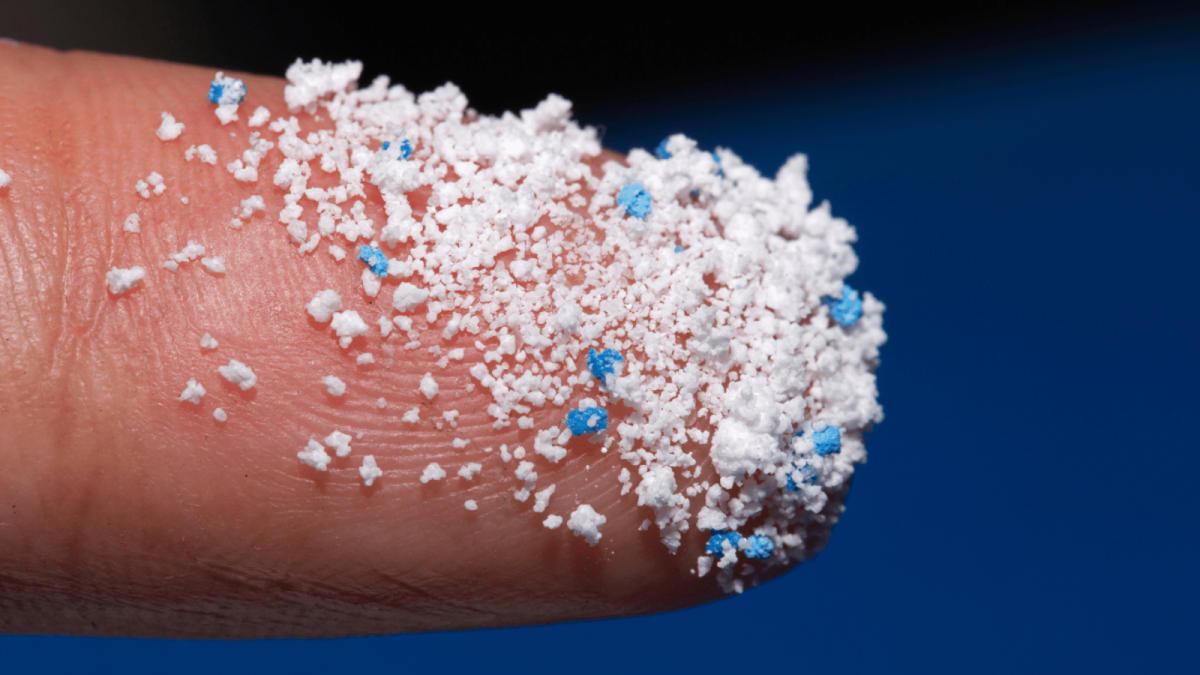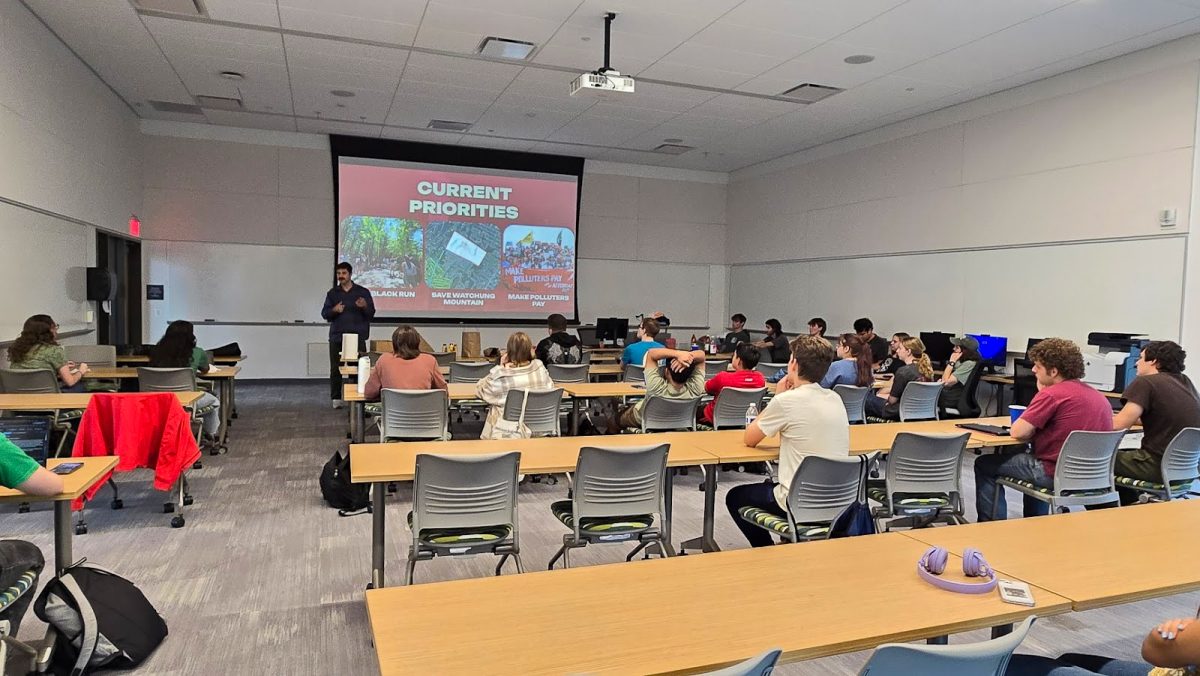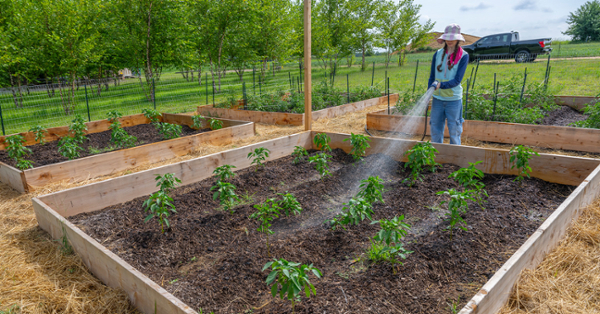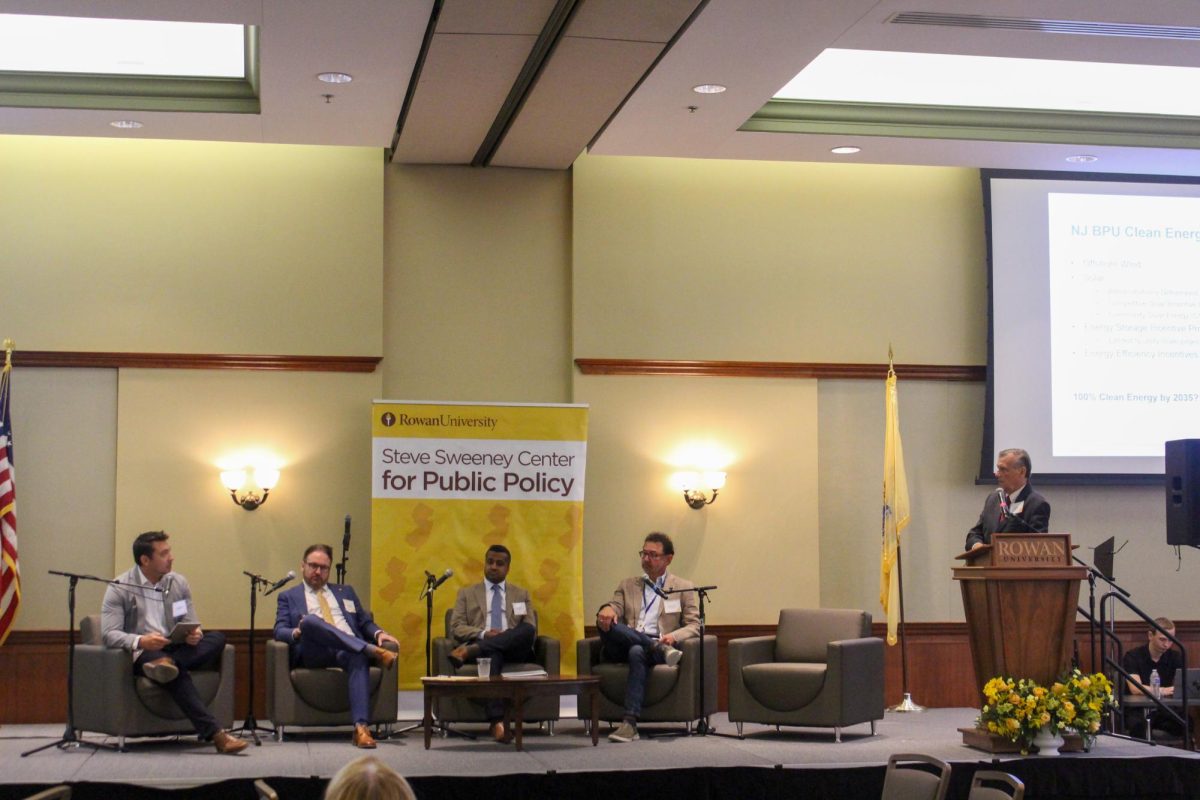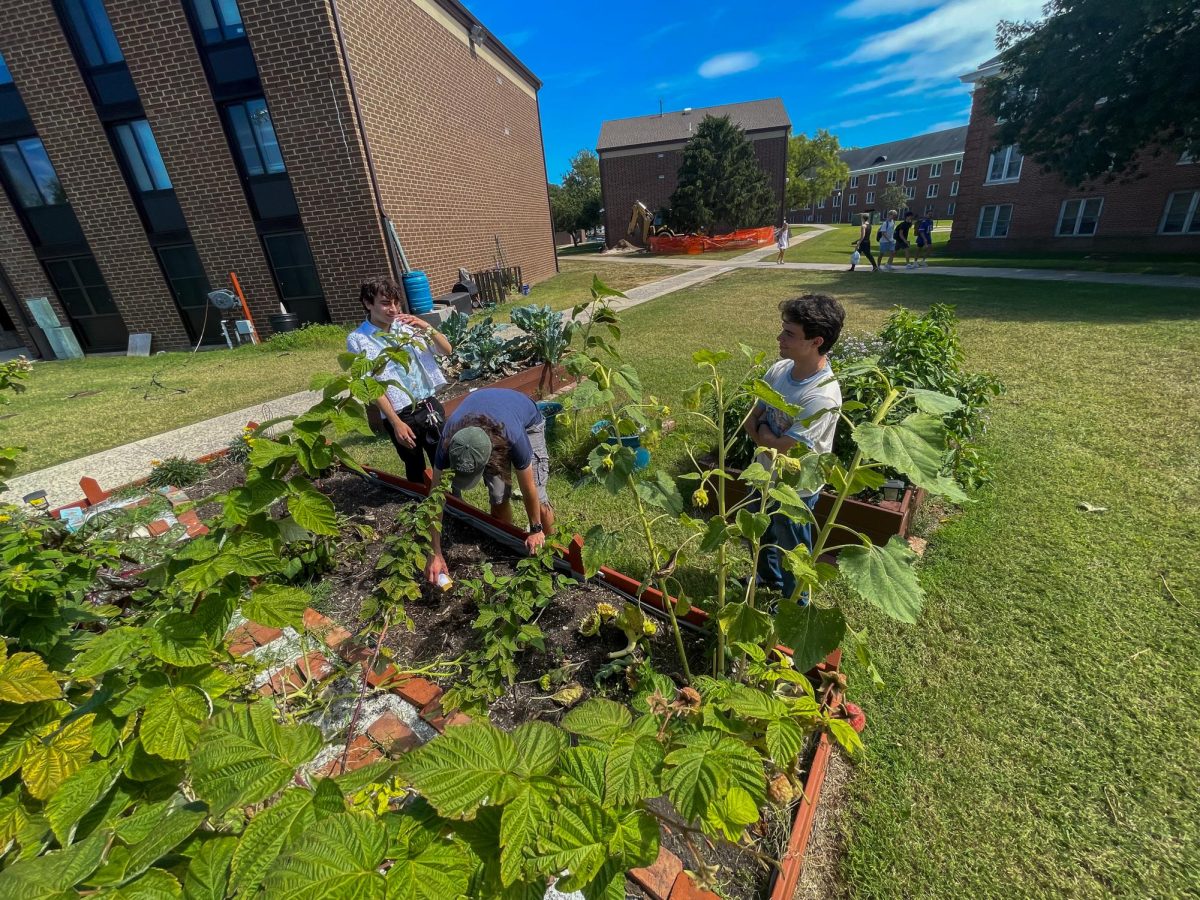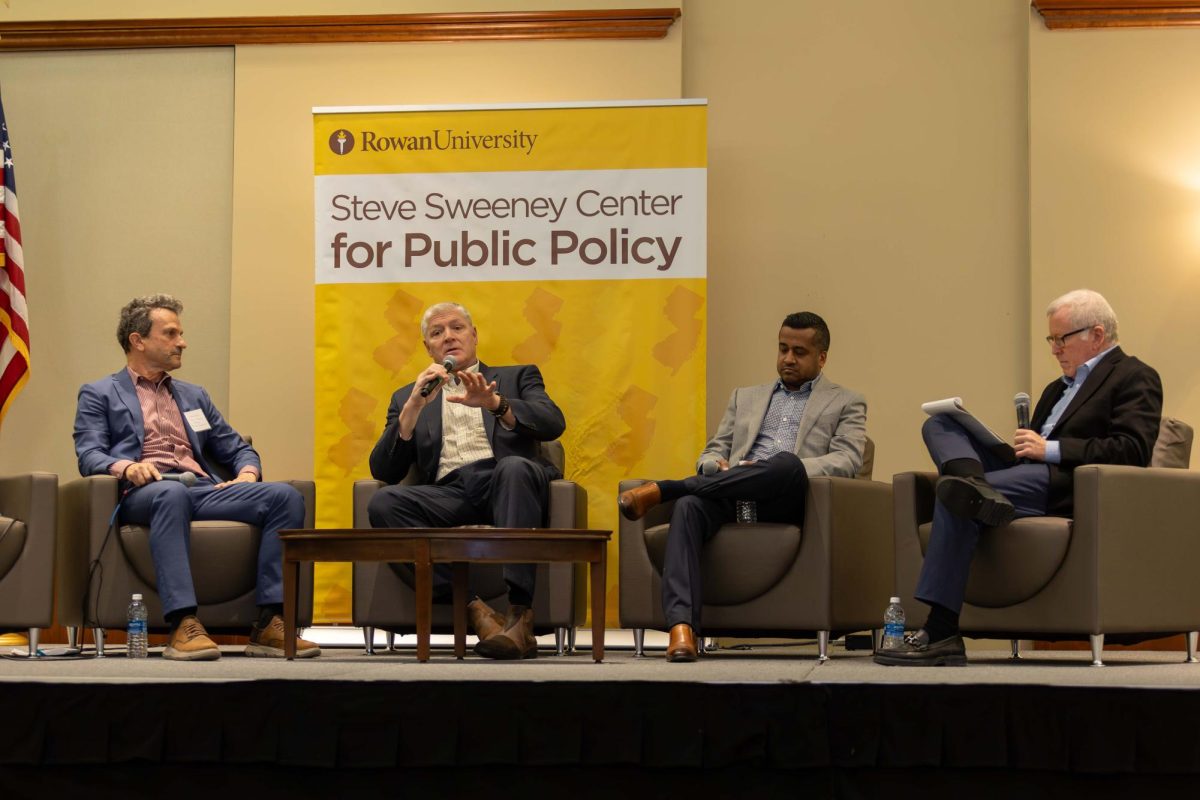The event “What’s Adrift With Microplastics?” was held at the Business Hall in Room 121 from 11 a.m. to 12 p.m. by a group of students from the health and science communication senior seminar class. This class was centered on giving students a project that they had to tackle throughout the whole semester and present it somewhere on campus.
Four students worked together to create an informative presentation on the impacts of microplastics and how it is detrimental to the planet. Students from all majors at Rowan University attended, to interact with presentations, activities, and games with the goal of bringing awareness to microplastics to the Rowan community.
Madison Poole, Sedrick Golden, Cara Forline, and Maya Soloman all were involved in creating this project. They decided to research the topic of microplastics. Microplastics, which are small plastic bits that break into tiny particles, are harmful to wildlife that often tend to mistake it for food. A lot is still unknown about them, as it has been recently discovered, and scientists are now looking into their impact.
The presentation was organized in an interactive manner so attendees could witness the effects of microplastics for themselves. Four stations were placed in the Business Hall room, each teaching a different fact about microplastics. Poole, who ran the Kahoot station, monitored the game. During Kahoot there were questions about microplastics that had to test their audience.
“We were all researching different topics and we came across Rowan having a water issue and we thought that could be something interesting to research further and eventually, we’d narrow the topic down to microplastics,” said Poole.
She states that students understand the general idea that plastic is bad, but she wants to stress just how bad it really is. For example, one of the questions on Kahoot was how it is assumed that humans consume about a credit card’s worth of plastic. Scientists have been examining the presence of microplastics as they continue to get smaller.
ScienceDirect has found multiple results of microplastics coming into contact with humans. An article released in January 2021 stated that there were microplastics detected in human placentas. It creates a discussion of how this affects the long-term health of people as they grow up….
Continue reading the full story at The Whit Online.
This article originally appeared in the The Whit, a student-operated campus news outlet for Rowan University and a content partner with South Jersey Climate News.

